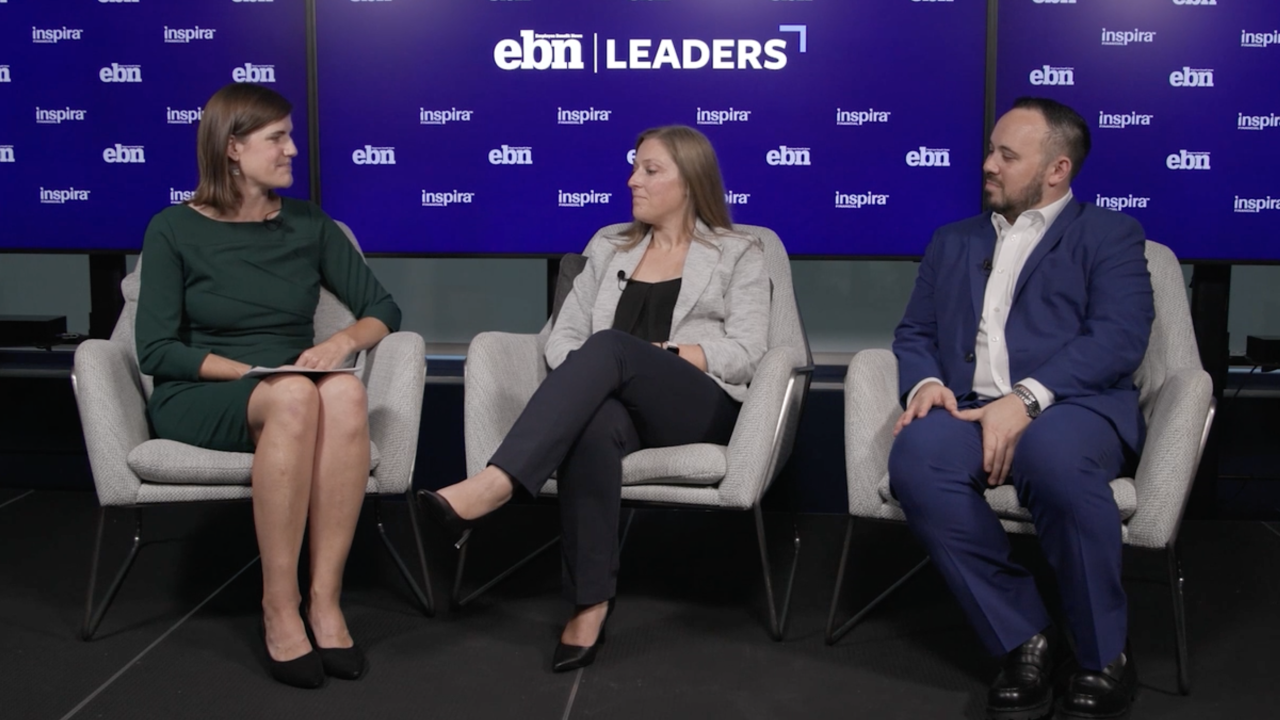Companies and government organizations are increasingly incorporating the
Gamification is ostensibly used to test a candidate’s skills and abilities by asking them to play some form of game. Recruiters often take this approach because they think that transforming applications and assessments into a fun and interactive process will improve the candidate experience.

The problem is that many games aren’t a good way to work out whether candidates are suitable for the role they are applying for. Games can often cause applicants to question the credibility of the application process and the company. Furthermore, users interacting with a game expect it to deliver a fun, light-hearted experience that later hiring-related interactions are unlikely to provide, and this is likely to make the company appear inconsistent.
Don’t Neglect Traditional Assessments Although games can certainly add something new and different to the recruiting process –
Recruiters should take four steps before diving straight into gamification.
1. Evolve traditional assessments to be more engaging: They should do this by judiciously adding gaming elements, such as instant feedback, interactive elements, and multimedia.
Current assessments are backed by extensive research on their validity (i.e., whether they produce the best fit candidate), their cost, and the reactions that candidates are likely to have to them. They are proven, and they aren’t expensive to implement.
2. Carry on using multimedia simulations: But only if you have the budget for it. Simulating work behaviors and contexts gives candidates a realistic preview of the job. Well-designed simulations are good at predicting whether someone will succeed in the role.
Candidates tend to like multimedia assessments and perceive them to be more job-related than games-based assessments. However, simulations can be resource-intensive to develop and maintain.
3. Do your due diligence before considering gamified assessments: Research into the validity and user perceptions of gamified assessments is still in its infancy.
More study is needed to understand candidate reactions, potential adverse effects, and whether meaningful job-related indicators are being measured.
4. Move with caution before adopting serious games based on artificial scenarios: These include games such as fantasy quests and challenges that entail climbing through various game levels. Serious games are intended to collect information about candidates based on the way they play a game, but this approach could:
- Unintentionally favor serious video game players. (Are those your best workers?)
- Induce pressure and anxiety. (Is this the best state of mind for a fair assessment?)
- Create a negative impression for candidates who see it as irrelevant to the job.
- Frustrate candidates who don’t feel the game showcases their true job-related skills
- Fail to capture meaningful indicators of a candidate’s fit for a role.
If you want to use serious games, do the upfront planning to ensure the game directly measures the competencies, skills, or abilities that lead to the desired business outcome.
Take a Fresh Look at ‘Traditional’ Assessments If recruiters want to rejuvenate your talent identification processes, they don’t have to be seduced by gamification. Thanks to technology advances, traditional assessments have been reinvented. Today, recruiters can expect a traditional talent assessment solution to be:
· Interactive: A two-way process interacts with the candidate, adapts based on candidate input, and offers feedback throughout the process, which in turn increases engagement.
· Logical: At each stage of a step-by-step process, candidates can get information and feedback that lets them make informed decisions about whether to continue or decide to opt out.
· Valid: Industry-leading psychometric assessment products measure the competencies, abilities, behavioral styles, and preferences that have been proven by research to produce business outcomes.
· Precise: Cutting-edge algorithmic assessments use
· Customizable: Traditional assessments can be tailored to any company’s branding, colors and media – and be cusotmized to produce specific business outcomes today and in the future.
With these capabilities, recruiters can add vitality and rigor to their talent assessment approach without having to invest in costly and unproven video game-style techniques.





